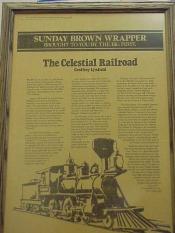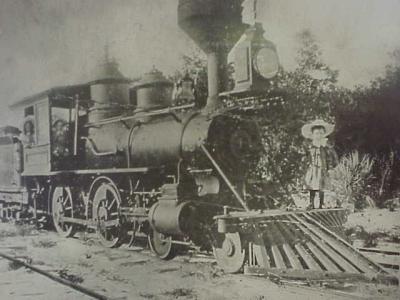Juno Beach History
Juno Beach arose along the Atlantic shore of southeast Florida with the settlement of the Ocean dune by a small group of motel and tourist court owners. The town was incorporated in 1953 with approximately 130 year round residents and 1500 seasonal population. The town is located in an area with native civilization dating from 500 B.C. and European contact dating from sixteenth century A.D. Spanish exploration and settlement.
Juno Beach is located on a barrier island along the Atlantic coastal ridge. Offshore lie Spanish wrecks dating from late 1500's to early 1600's. The barrier island was created by the cutting of the Intracoastal Waterway. The Waterway was dredged along the watershed of old Lake Worth Creek and cut through to Lake Worth in 1898. Ocean and Intracoastal provide part of the attraction of the Town of Juno Beach.
Late 1800's
Juno was the predecessor of Juno Beach. It arose as a late nineteenth century transportation terminal linking northern Florida by the Indian River and Jupiter to Lake Worth in southern Florida. Juno was once the County Seat of what was 7200 square mile Dade County from 1890 to 1900.
1893
The Jupiter and Lake Worth Railway had taken over the hack line between Jupiter and Juno which became known as the "Celestial Railway." In the same year, Henry Flagler began development of Palm Beach which led to the demise of Juno and the Celestial Railway. The demise of nineteenth century Juno was followed by the rise of twentieth century Juno Beach.
1929
E.F. Hutton began construction of the famous Seminole Golf Club.
1933
Oscar and Hulda Erikson became the first people to reside and to establish a business in the area which became the northern part of Juno Beach.

1946
Bessemer Properties, Inc., bought a tract of land adjoining Seminole Golf Course and platted it as a subdivision in 1948. Bessemer dredged a pond and built a 500 foot fishing pier at the end of Mercury Way. The pond, ocean pier and subdivision improvements opened the Town for planned development.
1953
June 4, 1953 the Town of Juno Beach became incorporated. Residential development followed.
1958
The ladies of the Juno Beach Garden Club took on the project of naming the streets. Many of the streets bear names of gods and goddesses.
Late 1960's
Condominiums begin developing.
1980
Significant residential and commercial development including The Waterford, a life care community, and Florida Power and Light administrative offices took place in the Town. This development provided different residential types and a healthy tax base.
1980 - 1990
Assessed valuation rose from $50 million to $400 million.
1991
Town Center completed, reflecting the spirit of the community for approximately 2000 year round residents and 6000 seasonal population.
1999
Opening of Palm Beach County Pedestrian Pier.
2013
The Juno Beach 9/11 Remembrance Project- Unveiling & Dedication
Today
Juno Beach is today a seaside community which is predominantly residential. Fine oceanfront estates, condominiums and businesses provide an ideal setting for vacation or permanent residence. Juno Beach is near many activities including the Jupiter Theatre, nationally-known golf courses, tennis courts, county parks, shopping centers and art galleries. With Juno Beach, activities range from sunbathing, swimming and fishing to walking, jogging and bicycling on our oceanfront bike path. The Loggerhead Marinelife Center is located in Loggerhead Park.
The town is governed by a five-member council with a Town Manager. Residents are protected by a 16 member police department. Palm Beach County Fire Rescue provides professional fire protection and paramedic services.

